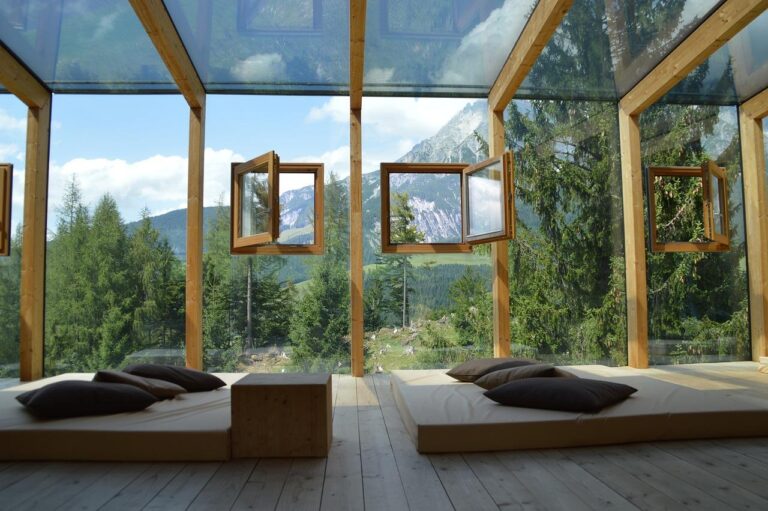The passive house is a true revolution in the field of construction. This building approach owes its fame (and fortune) to the great benefits it offers, first and foremost energy savings.
Passive buildings are designed and constructed to be highly energy-efficient. They can use up to 90 per cent less energy than a conventional building, offering equal if not better performance.
In this guide we will explain what a passive house is, what its characteristics are and why you should invest in a highly energy efficient building.
Table of Contents
Passive house, the benefits in term of energy saving
No matter the type of climate or the geographical region in which one lives, a passive house is in fact always able to maintain a comfortable temperature with a minimum energy input. Just think that 10 candles would be enough to heat a 20 m2 room even on the coldest days of the year.
Conversely, in summer, the house remains cool even during the hottest hours of the day.
Indoor humidity is also always under control. A great advantage as it eliminates the problem of mould and reduces health risks.
It has been calculated that the energy consumption of a passive house is 90% lower than that of a conventional house. A fact that turns into a huge economic advantage, since heating costs are never negligible.
The characteristics of a passive house
This is possible thanks to five fundamental characteristics that distinguish passive houses:
- a passive house is very well thermally insulated;
- high-performance windows are installed, which do not disperse heat outside;
- the passive house is designed and built to be airtight;
- thermal bridges, i.e. the points where heat loss is greatest, are eliminated or reduced to a minimum;
- the house is equipped with a ventilation system with heat recovery;
- in addition, a passive house can produce almost all the energy needed to run the systems and appliances by itself. This is possible thanks to the installation of a photovoltaic system for electricity production. And, a solar panel system for DHW (hot water) production.
Passive house: well-being and sustainability
Choosing a passive house does not only mean aiming at energy saving but also, and above all, at living wellbeing.
It means living in a house where the temperature is always pleasant, without sudden changes or draughts that make the doors slam. Where walls are not cold to the touch and floors do not make your feet freeze.
In addition, thanks to the ventilation system, the air is always clean and filtered of dust and smog. Which in traditional houses enter every time we open a window.
That’s not all, a passive house is also advantageous because it is environmentally friendly.
By using very little energy, in fact, it helps preserve limited resources such as gas and oil. And makes it possible to use renewable sources such as solar or geothermal energy.
Even better if we decide to build a passive house in wood. By using a natural and renewable material we protect the environment and reduce carbon dioxide emissions.
Do passive houses cost more?
The construction generally requires a slightly higher cost due to the greater care required during the design phase and the need to use higher quality materials and components than standard.
If, however, the construction costs are added to the running costs of the building, passive houses are then cost-effective for one simple reason. Lower energy consumption means lower bills and security against possible future increases in energy prices.
The economic advantage is even clearer if we take into account the incentives for high energy performance buildings that many countries and municipalities offer.
In any case, in the long term the energy efficiency of a building is the factor that weighs most heavily on a house’s energy bills. Building a passive house today is a long-term investment that brings secure and lasting savings.
Read also: 10 effective ways to make your home more eco-friendly












